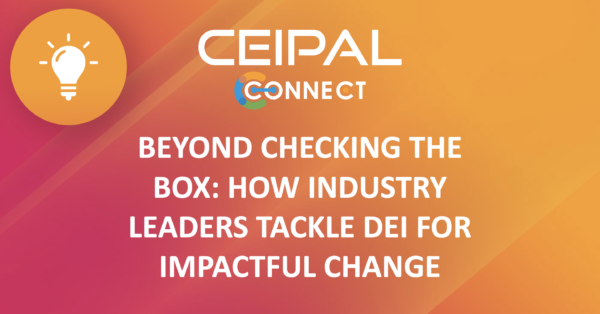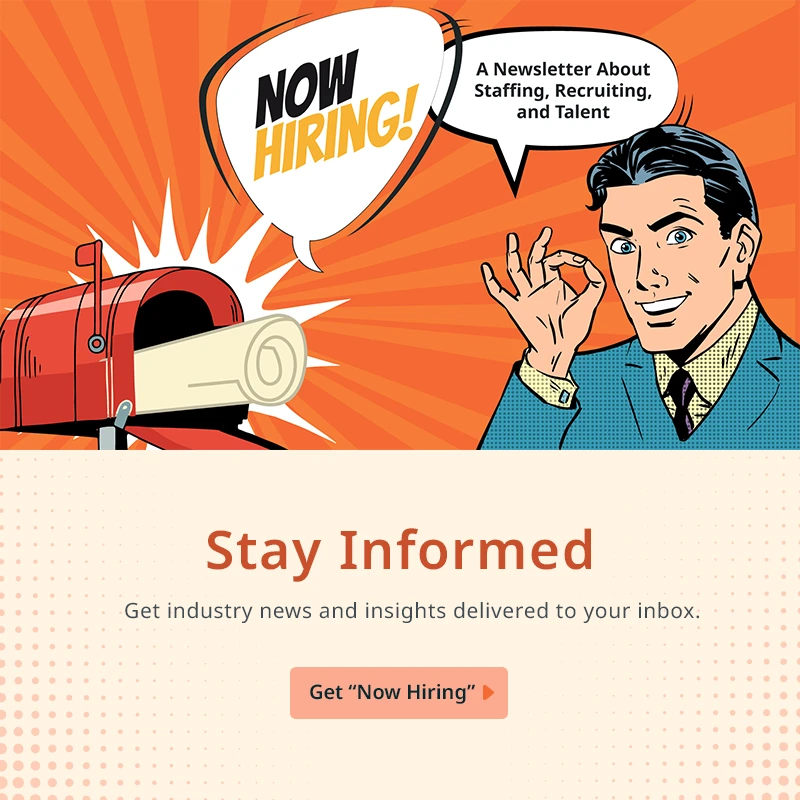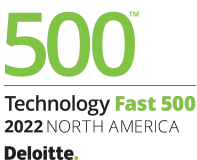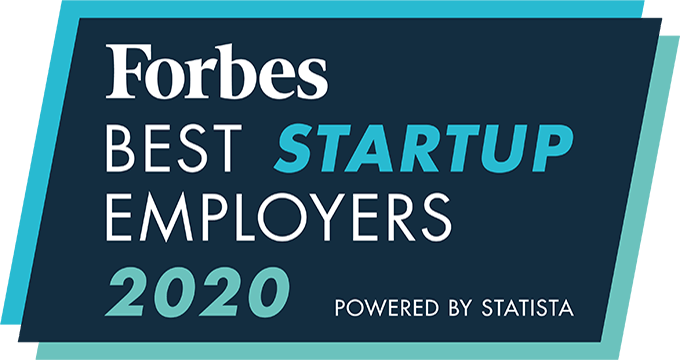For nearly 75 years, Kelly has been an outspoken leader and advocate for the value that temporary and independent workers bring to the workplace and continues to connect all talent to work in ways that enrich their lives. Join our exclusive conversation with KellyOCG President Tammy Browning for insights from global organizations that are leading the way with their diversity, equity, and inclusion efforts. Also, learn about Kelly’s leadership in breaking barriers that leave capable people excluded from the workforce. Be inspired to take action with practical strategies to create a more inclusive workplace where brighter futures are the norm for everyone.
Watch the Replay
5 Key Takeaways
Remove barriers: Whether it be throwing out requirements for four-year degrees or implementing bias-free hiring tools, it’s important to find talent that may be highly skilled but traditionally overlooked. These individuals can be grown, coached, nurtured, and upskilled into highly valuable workers if given the initial opportunity to get their foot in the door and show companies what they’re capable of. By being conscious, you can avoid candidate washout.
Have the hard discussions: At present, 33% of the American workforce has some sort of criminal record. In years past, this immediately excluded these individuals from finding meaningful work. However, in today’s day and age, it’s important to look more closely at these candidates and come to understand the circumstances surrounding their record. We need to be better able to connect, understand, and relate to them to uncover the talents they bring moving forward instead of focusing on the past they had to overcome.
There is no new normal: The power is in the data, and in it we can see that the new focuses of DEI and technology are here and they’re here to stay. That said, even the best of the best are only adopting these practices at around 19%. The future is only going to continue to focus on diversity in hiring and equity in the workplace — both full-time and contingent.
Understand your data: You need to understand your base data and understand your organizational goals. Without the numbers, any plans to move forward are wishful thinking founded on fluff. More and more often, we see companies relying on a contingent workforce to fulfill their obligations. What is the plan for them? How much weight do they hold, and is it important to transition them into your full-time staff? Once you know the answers to these questions, then you can make a plan for the future.
Involve everyone: It’s important that the leadership within the company around DEI initiatives is not separated from HR and the hiring process. When organizations have a procurement-driven strategy around talent acquisition, you’ll see greater success if leaders are supportive of bringing in HR into the dialogue, especially when talking to talent themselves. Well-run programs bring together thought leadership to break down barriers universally for the company and their workforce.
Standout Quote
“Our goal is to connect work to people in a way that enriches their lives.”
This starts with asking the right questions to come to a more equitable outcome for everyone.









